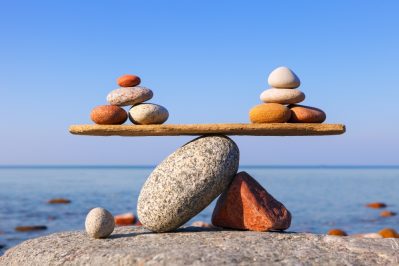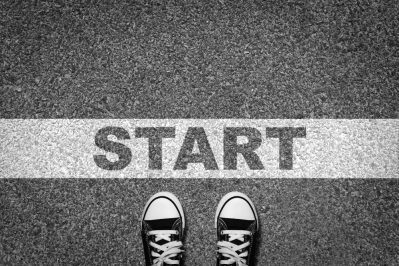Six months ago, if you had asked me what I believed was essential to myself, my family, and my business, I would’ve listed many things I now haven’t done for months, and that I do not miss. I might have told you that:
- Travel was essential to my business.
- I could only give an important speech in person.
- Our family’s frenzied weekends were essential to our interests.
Over the past several months, many of these hypotheses have been proven false. I should probably take that as a sign to question more of my assumptions and critically evaluate how I spend my time.
The reality is while many of us think busyness leads to productivity and satisfaction, if we looked closely, we’d find most of what we spend our time doing is probably not essential, nor does it even deliver the desired outcomes.
The Pareto Principle, also known as the 80/20 rule, was named after esteemed economist Vilfredo Pareto. He showed that 80 percent of consequences come from 20 percent of all actions, illustrating an unequal relationship between inputs and outputs.
For example, 80 percent of our sales come from 20 percent of our clients, or we wear 20 percent of our clothes 80 percent of the time. By default, this means the inverse is true as well; 80 percent of our efforts only produce 20 percent of our outcomes.
We have continued to associate achievement and happiness with more time and effort spent. However, the Pareto Principle illustrates that 80 percent of our time is spent on things that may not be essential.
What if doing less, and having less, actually leads to more fulfillment and higher achievement?
This is the premise Greg McKeown explores in his bestselling book Essentialism: The Disciplined Pursuit of Less. McKeown examines the difference between two types of people, essentialists and non-essentialists.
One key difference between essentialists and non-essentialists is how they allocate time and energy across three concentric circles in their lives. The first circle, which is the furthest from the center, McKeown labels, “other.” This includes things like your email, social media updates or busywork tasks at work that vie for your attention. Non-essentialists start each day in this circle, and often get stuck there.
The second circle—which is closer to the center—is family. Most of us consider our family to be important to us, but if we spend too much energy in the “other,” circle, we’ll be pretty exhausted by the time we’re interacting with our families at the end of the day.
Finally, there is the third, innermost circle. This is what Greg calls, “protect the asset,” which is yourself. This is your most elevated, intuitive place, where you can make the biggest contribution. And if you really understand what you can contribute in this circle, the costs of ignoring or overlooking it become clear. Unfortunately, many non-essentialists get so caught up in the other circles that they never reach this point.
By contrast, an essentialist sets their priorities by starting from the inner circle and working their way out. They focus intently with what’s most important to them and learn to avoid the trivial. They are fiercely protective of their time and energy, because they understand what they are otherwise giving up.
When we think about our time, McKeown suggests we replace common false assumptions with three core truths:
- “I have to,” becomes “I choose to.”
- “It’s all important,” becomes “Only a few things really matter.”
- “I can do both,” becomes “I can do anything but not everything.”
COVID-19 has brought about one of the largest global experiments in essentialism ever enacted. I was fortunate to have the opportunity to sit down with Greg to discuss this recent phenomenon and more about essentialism on the Elevate Podcast.
Thinking back over these past few months, what may be non-essential in your life that you can reduce or eliminate for good when we get back to the new normal?
Quote of The Week
“Your obligation is to the highest point of contribution you can make.”
– Greg McKeown









